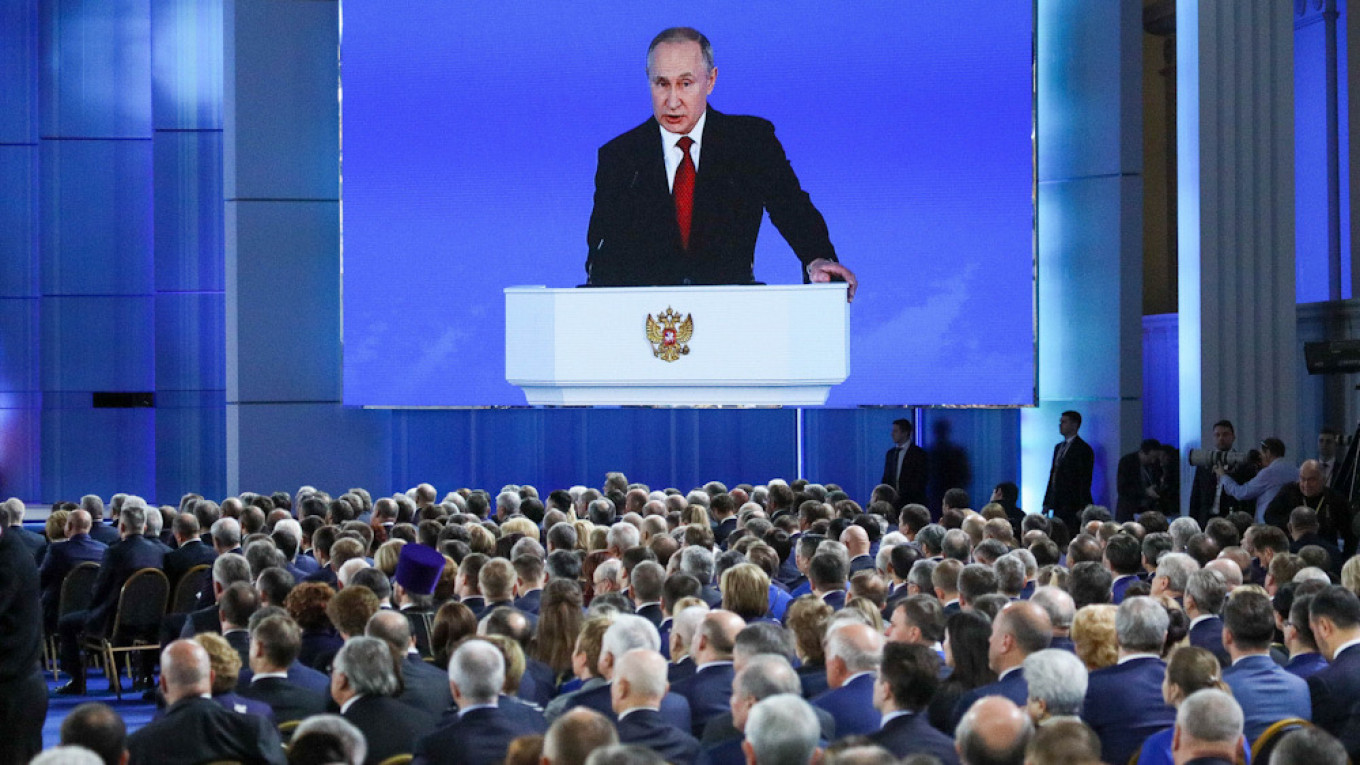
 Three years ago - April 8, 2010 -- President Obama and then-President Dmitry Medvedev signed the New START agreement to reduce American and Russian deployed strategic nuclear forces to their lowest levels since the days when Dwight Eisenhower was president and the Cold War defined our relationship with the Russians.
Three years ago - April 8, 2010 -- President Obama and then-President Dmitry Medvedev signed the New START agreement to reduce American and Russian deployed strategic nuclear forces to their lowest levels since the days when Dwight Eisenhower was president and the Cold War defined our relationship with the Russians.That December in the Senate, we clawed our way to ratification with 71 votes, a big bipartisan statement that the arms control and nonproliferation consensus could hold together even in a polarized political culture. That statement was reaffirmed by treaty supporters from Henry Kissinger and James Baker -- and every other living secretary of state -- to President George Herbert Walker Bush.
Still, when I noted that far more ambitious treaties had previously been approved by votes of 90 or 95 to zero, a colleague of mine wondered whether in this hyper-partisan Washington, 71 might be the new 95.
I'm proud that in the end we sent a signal to the world that in American foreign policy, however uphill the slog and improbable the victory, partisan politics can still stop at the water's edge.
But I'd like to see our country get back to the days of near unanimity on these vital issues -- because the commitment to nonproliferation and arms control that began under Presidents Nixon and Reagan should continue well into the future.
How do we do that?
We start by relentlessly following the facts, and the facts are that through the last two-plus years since the treaty entered into force, despite any of the alarm bells treaty foes may have rung, the treaty is working -- exactly as advertised.
Follow the facts.
We and the Russians both have "boots back on the ground" -- inspectors who monitor the inner workings of our respective strategic forces.
New START is maintaining stability and predictability between the world's largest nuclear powers, as we promised.
So far, the United States and Russia have completed 78 on-site inspections. On top of that, we have exchanged over 4,000 notifications on the numbers, locations, and movements of our strategic forces.
On a day-in, day-out basis, we have a real-time picture of what is going on with the Russians' strategic forces, and they have the same with ours.
The inspection teams are thus steadily confirming that the treaty's verification regime works. Accurate and timely knowledge of each other's nuclear forces dampens the risks of misunderstanding, mistrust, and worst-case analysis and decision-making. Such mutual confidence and predictability are crucial to international stability.
Looking ahead, the administration is going to continue to advance nuclear security policies in ways that meet both the challenges of the world in which we now live, as well as those on the horizon. We know that the traditional concept of nuclear deterrence -- the idea that a country would not initiate a nuclear war for fear of nuclear retaliation -- does not apply to terrorists. We know that our greatest nuclear threat is no longer a large-scale nuclear exchange, but the danger that terrorists could acquire nuclear materials or, worse, a nuclear weapon.
That is why concerted action by the United States and Russia -- and indeed, by all nuclear-weapon states -- to reduce their arsenals is important. These reductions go hand in hand with our efforts to strengthen the nuclear nonproliferation regime, hold Iran and North Korea to account, and secure vulnerable nuclear materials around the world against terrorist theft. All of these steps contribute to countering the paramount threat of nuclear terrorism.
As we move forward, Washington and Moscow have a particular responsibility to set an example for the world, because we still deploy over 90 percent of the nuclear weapons on our planet.
When signing New START three years ago in Prague, President Obama made it clear he intended to seek further reductions in all types of nuclear weapons: strategic and nonstrategic, deployed and non-deployed.
We will follow through on this goal in a deliberate, step-by step manner, proactively consulting with Capitol Hill, talking with our allies and engaging Russia on future negotiations. To be clear: reducing nuclear weapons is not an end in and of itself, but a means toward creating a safer and more stable world. We'll only make reductions that are in our national security interest, and that of our allies.
But make no mistake on this anniversary of its signing: New START was neither the first step nor the last, but a vital step that moves us forward.
In a dangerous and volatile world, those are the facts, and as we confront threats far and wide, from the DMZ to Tehran, it is through facts that we need to rebuild consensus -- and do what we must to keep America safe.



_jpg/250px-ElbeDay1945_(NARA_ww2-121).jpg)









